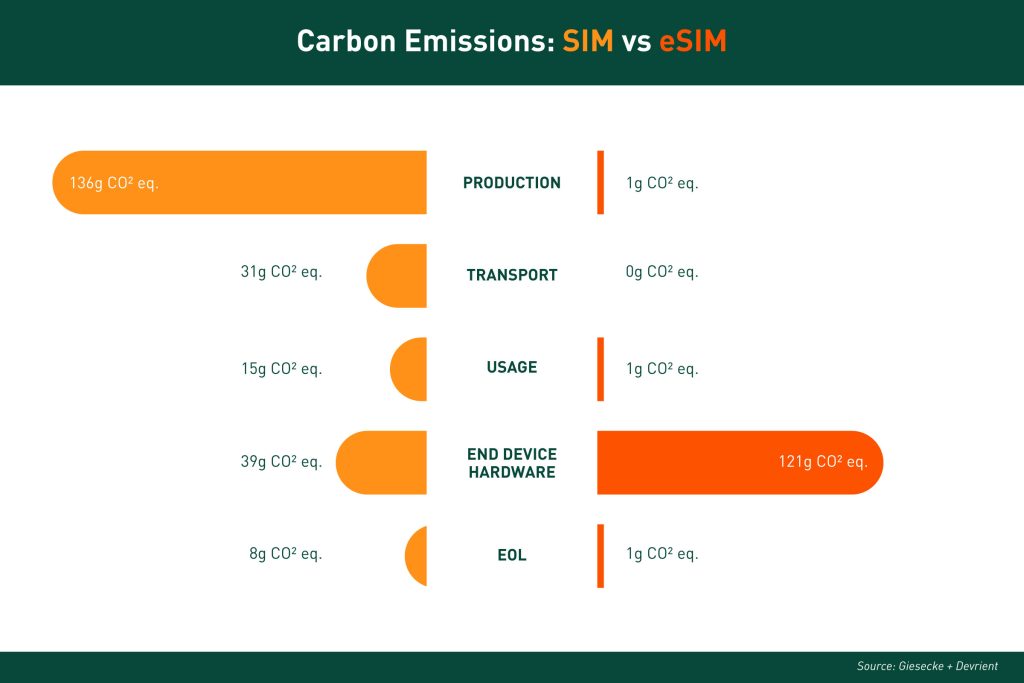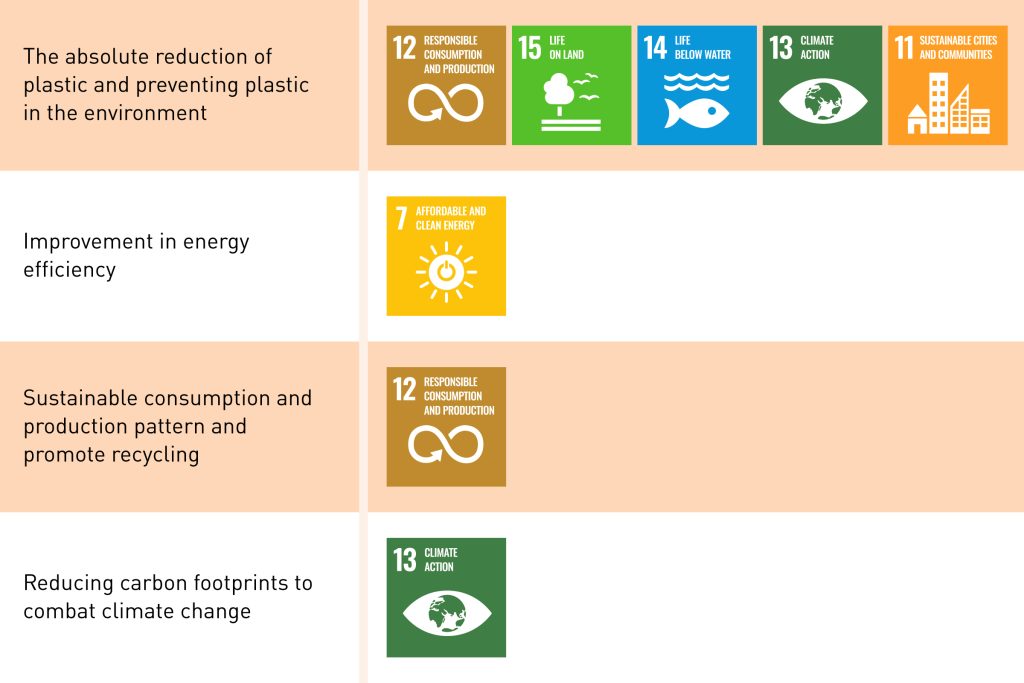Author: Michael Poffenberger
In a recent blog post, we discussed the numerous benefits of adopting eSIMs.
The environmental benefits of switching to eSIM are becoming increasingly important as sustainability takes center stage in our collective responsibility towards achieving net zero carbon emissions.
Traditional physical SIM cards, made of plastic, are everything we should avoid in our quest for sustainability. Adopting eSIM aligns your operations with the United Nation’s Sustainable Development Goals (UN SDG), complies with regulatory requirements, and boosts investor confidence.
As the industry moves towards eco-friendly solutions for everyday business challenges, let’s take a look at what makes eSIM the more sustainable solution today:
To put these environmental benefits in perspective, in 2020, an estimated 4.5 billion physical SIM cards were produced worldwide1 , accounting for an average of 229 grams of CO2 each2. This resulted in over 1 Million Metric Tons of CO2 emission. In contrast, per-eSIM emissions are 46% less than plastic SIM, with a carbon footprint of 123 grams of CO2 each, mostly incurred during the device manufacturing process.
Carbon Emissions: SIM v eSIM

When you transition to eSIM, your organization will align with the following UN SDGs:

Move into the eSIM space and do your part in the race to net zero. Contact 10T to be a part of the eSIM revolution.
1 https://www.veolia.com/en/our-media/news/thales-and-veolia-sign-partnership-to-produce-recycled-plastic-sim-card
2 https://pr-com.de/company_news/independent-study-by-fraunhofer-izm-for-gd-confirms-esim-as-an-environmentally-friendly-sim-solution/
